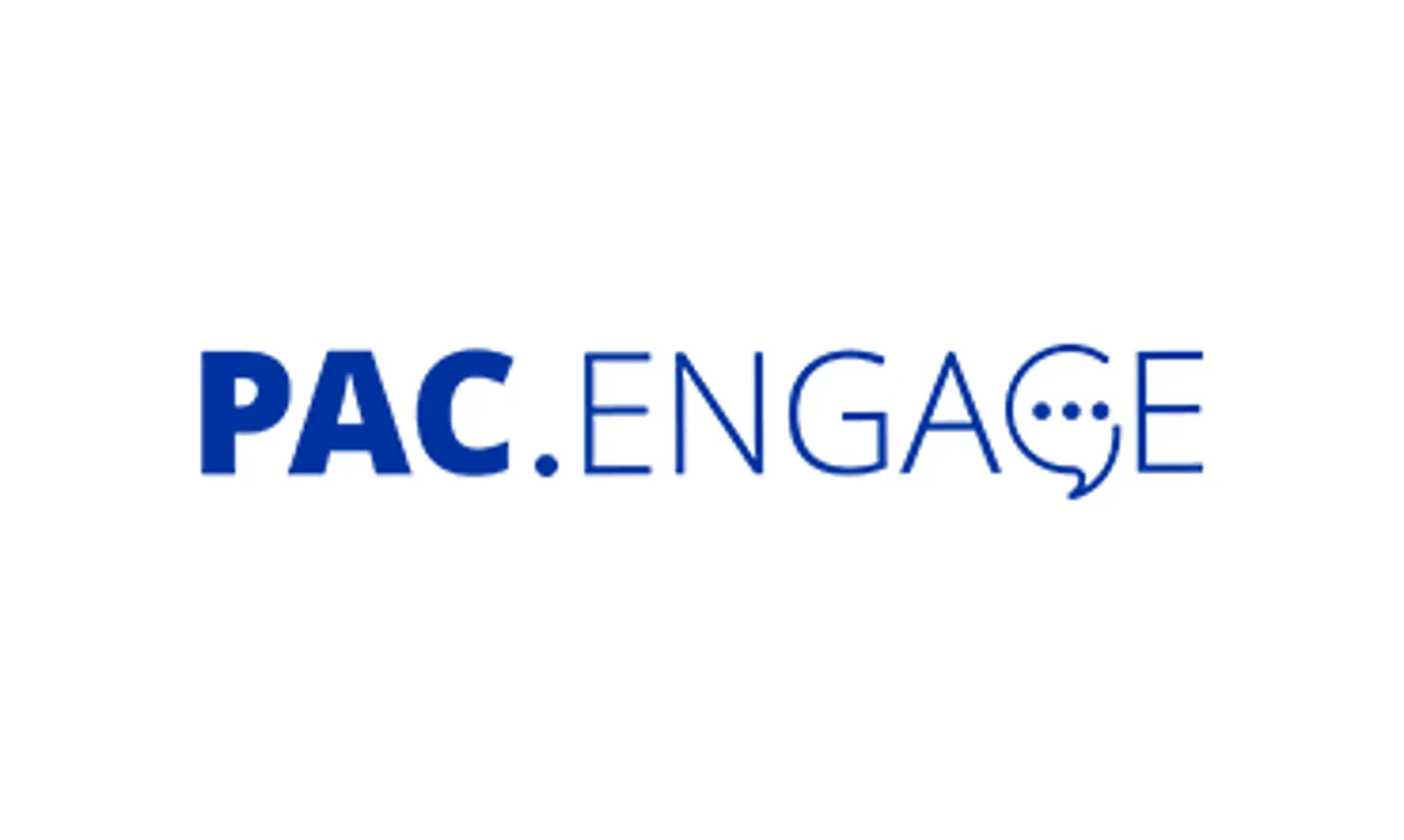Sustainable storytelling

In part four of The Transparency Track series, we focus on the relationship between brand transparency and environmentally conscious consumers.
Forging a green path
As discussed earlier in the series, today’s consumers want to know everything about a product before deciding whether or not to buy it. For manufacturers, this means being open about a product’s journey. Not just from farm to fork, but beyond.
To satisfy consumers who are more connected and environmentally aware than ever before, manufacturers need to tell their sustainability story clearly and honestly. From talking about fair employment policies, to waste management during the production process – and so on.
Making the right pick
Sustainability is not a one-dimensional journey, raising the question: how do you choose which story to tell? For example, should you focus mainly on what your packaging is made of, and how much of it can be reused or recycled? Or is it more important to discuss how much of your energy usage comes from renewable sources? With so much to communicate, matching a topic to a consumer’s interests can be a great differentiator, with consumer profiling playing an important role.
Once you’ve settled on the right topic based on your needs, the next challenge is how to communicate this information. Because, as passionate as most consumers are about shopping more ethically, lack of clarity surrounding a company’s green principles can stop consumers from choosing that brand.
QR marks the spot
To put your sustainability achievements and plans into the public sphere, and in an easily accessible manner, QR codes are the way forward. This technology can help highlight a manufacturer’s commitment to the environment across three lifecycles: sourcing, consumption and end-of-life.
Responsible sourcing is a big factor in establishing a sustainable brand, and today it is possible to go beyond just providing information on a physical label: like allowing consumers to scan a label on a turkey product so they can access information about the farm the bird was raised on, as well as view pictures of the turkey during its lifetime – not to mention find data on the farmers themselves.
Regarding the consumption stage, manufacturers can further differentiate themselves by offering information that can help consumers learn new habits. This could include supplying information on how consumers can reduce clothing waste, and how to return the reusable bag in which a product was physically posted to a customer. It could also mean helping regular coffee drinkers rent a reusable cup and, hopefully, rethink how much plastic they “consume” as part of their caffeine habit.
And then there is the lifecycle of a product. Or, rather, the end-of-life stage, and what happens to a product once it becomes waste. Can providing consumers information on this “final” stage lead to manufacturers improving the way they reuse or recycle?
Recycling information
In a 2020 study by consumer rights’ association Which?, it was found that almost four out of ten of the UK’s best-selling products offered no indication as to whether or not the packaging could be recycled. This despite the fact approximately 79% of consumers questioned for the same survey said knowing the recyclability of a product is of great importance.
Connecting to consumers
Using connected packaging, manufacturers can cover every aspect of transparency. At SIG, we help achieve more transparency in the food and beverage industry with our solutions. Like PAC.TRUST, which allows manufacturers to follow every stage of their supply chain, thus helping them better monitor processes and make improvements where needed – before supplying consumers information on how they are making such changes.

Scanning for success
And then there is PAC.ENGAGE. Here, manufacturers can be more creative in the way they present their sustainability achievements, perhaps using quizzes or short films to get their message across – with consumers accessing this content by scanning packaging with their phones.

In part five of the series we will carry on the discussion about our solutions, and discover all the different ways packaging can be used to engage with consumers.
To keep learning more about this topic and everything else there is to know about SIG, subscribe to SIGnals Update, our exclusive bi-weekly newsletter.
- 8月 19, 2021
